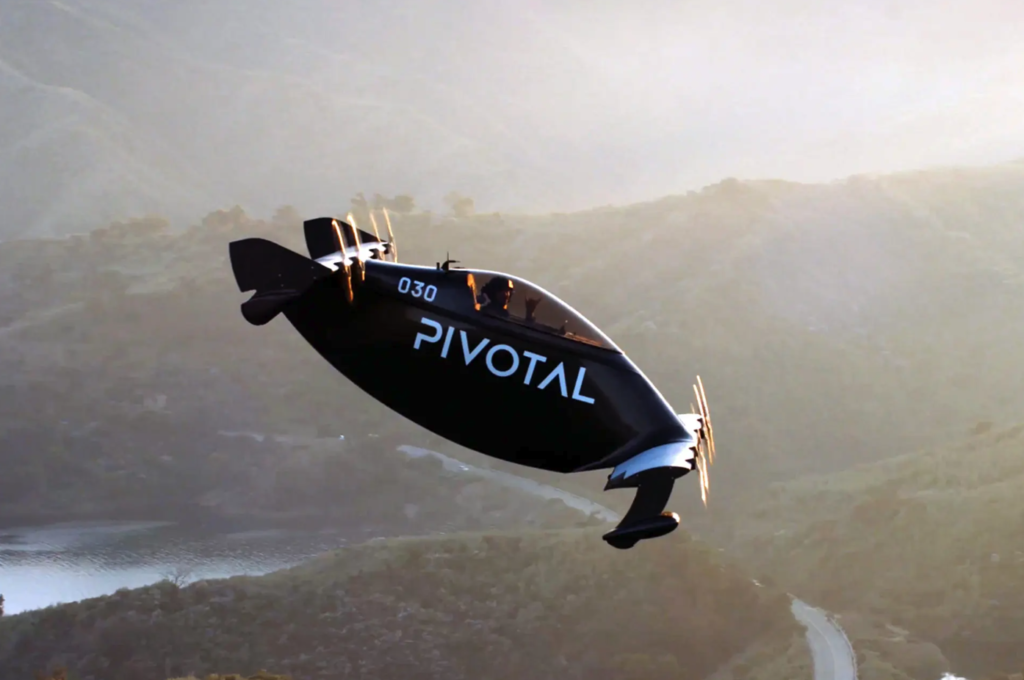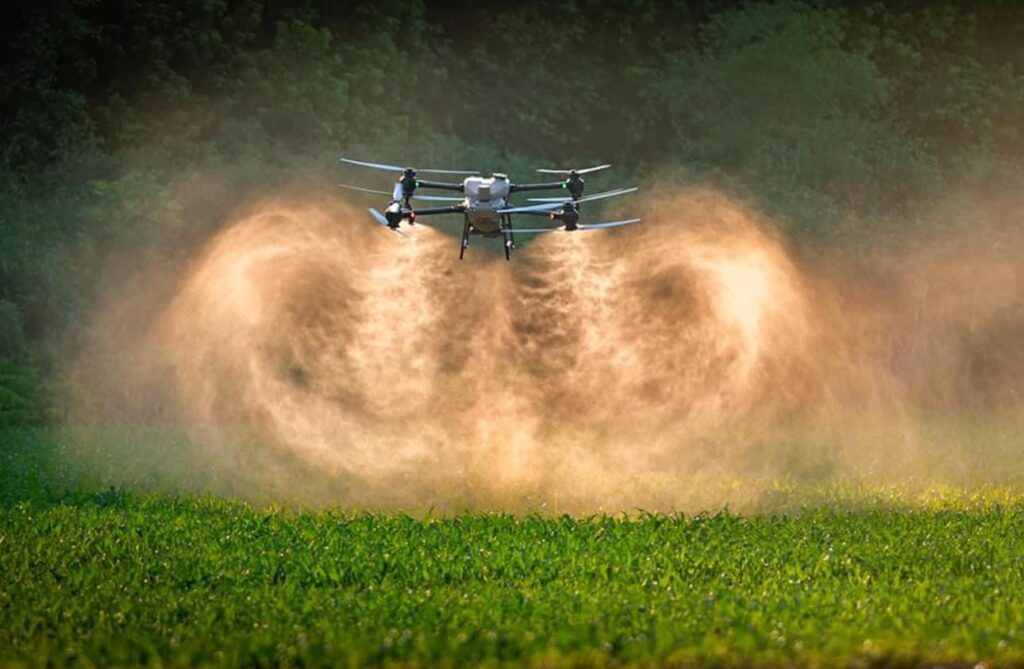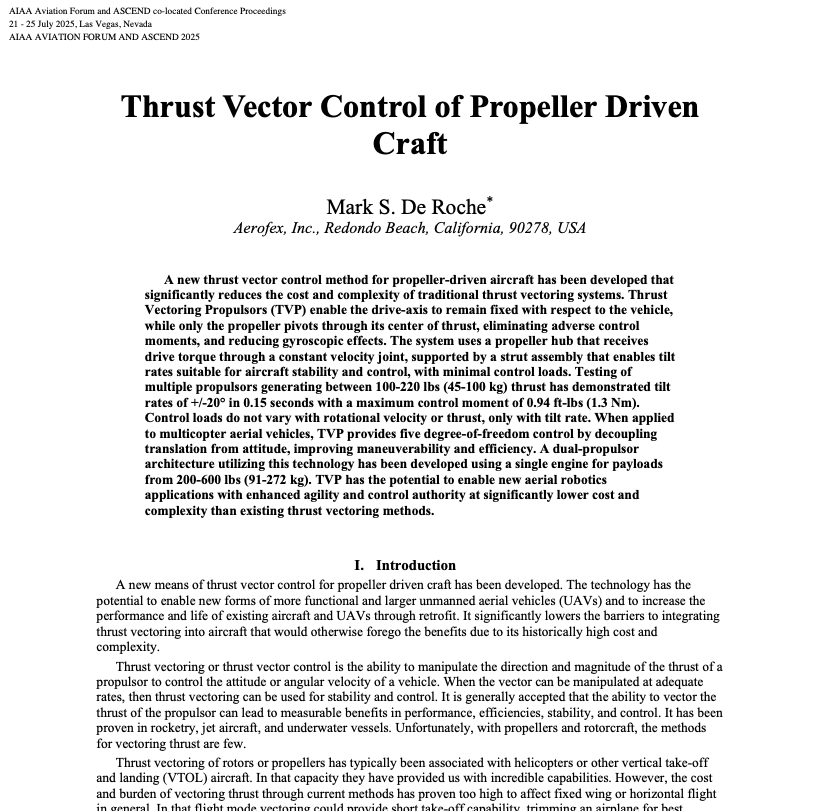MARK DE ROCHE
CEO | CTO
08-08-2024
The multicopter drone has reached its peak.
It carried the revolution in drone technology – a revolution in software, sensors, and controllers. With motor-propeller pairs fixed to the body, it was arguably the simplest of VTOLs. It is primarily a microprocessor and software construct – an ideal development platform for what was achieved.
However, it does not scale well in cost, size, or utility.
Smaller industrial versions cost close to $550 per pound of payload capacity, which grows to $845 as they get larger. By comparison, a small helicopter can carry an even larger payload faster and farther at a price of $774 per pound of capacity.
In practice, after twenty-five years of development the largest multicopter drones are expensive two-seaters.
Several companies are innovating to increase the capabilities of multicopters and perhaps crack the code of scaling: PteroDynamics’ Transwing and Pivotal‘s Helix are exciting examples for increasing speed and range, and Skyways’ V2.6 uses a folding wing and proven hybrid approach to deliver cargo without infrastructure.
We believe we are moving into a new post-drone paradigm of aerial robotics. A paradigm that will shift entire sectors. Where the U in UAV means utility and every product line is tailored to its application.
The building blocks common to all UAVs will be the controllers, sensors, and software of the drone revolution – and propellers. More propellers are being put to use today than at any time since WWII – and in much closer proximity to people.
Propellers have evolved toward perfection. It is how we use them that will make them safer, quieter, and enabling. Pointing a propeller’s thrust without moving the motor may seem obvious – like steering the wheels of a car. However, it is a radically transformational concept for aircraft, particularly UAVs. It demotes vehicle inertia in the control equation, enabling scale.
There has always been an awareness that unmanned aircraft could bring significant social benefit. They have already provided us with insights about ourselves and the world around us but they can also be made to aid us in the hard, hazardous, and necessary work of human survival. They can serve us in agriculture, construction, wildfire suppression, emergency delivery, and disaster relief. They can reduce emissions and the miseries of surface traffic through cargo hauling and urban transportation.
Uncrewed flight enables us to experiment and diversify our approach to development. Design, build, test, break, repeat – without endangering a pilot or the expense of a wind tunnel. This is the model SpaceX has utilized since well before they were called SpaceX. It provides us with the opportunity to develop and deploy profitably for a specific market.
Why would an agriculture spraying drone designed for the Chinese market whose farms are 1.4 acres in size work well in the US market with 447 acre farms and regulations against drift?
They don’t.
Instead, we will see a diversity of aerial robots developed specifically to work well within their market, and for humanity’s benefit.
Critical to that effort will be thrust vectoring. It will enable entirely new platforms with extraordinary capabilities to help all of us accomplish the hard and necessary work in front of us.

credit: PteroDynamics

credit: Pivotal

credit: Skyways

credit: any multicopter for the drift
It begins with a conversation
